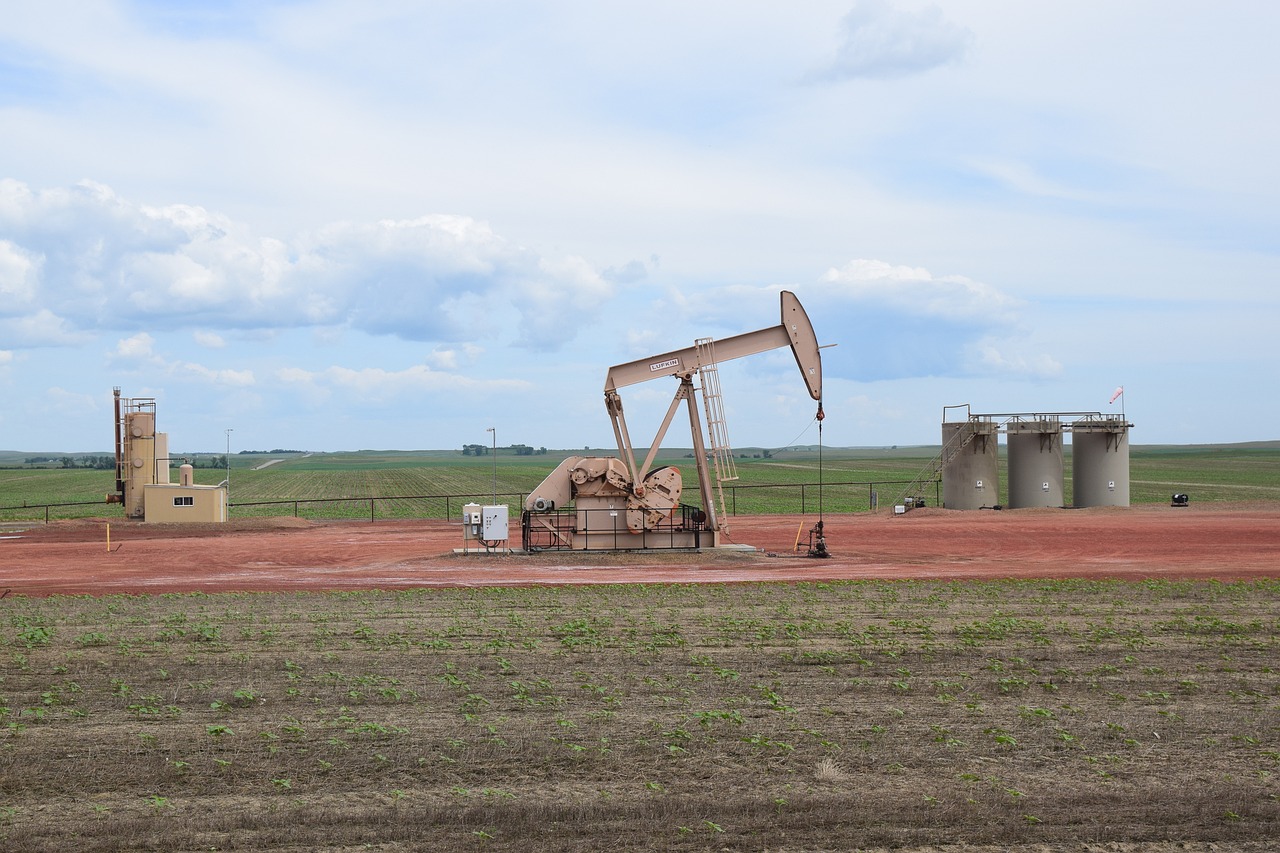News
IEA: Supply Shortage Looms, Oil Price Rise is Irreversible
In the early morning of March 14th, the International Energy Agency (IEA) pointed out in its latest report that due to the collapse of oil prices in recent years, the industry’s upstream investment expenditure has been significantly reduced for three consecutive years, which is likely to reduce supply in the next few years. are in shortage. From this point of view, the sharp rise in oil prices has become an irreversible trend.Oilprice.com reported that when oil prices collapsed in 2014, crude oil producers quickly made drastic cuts in spending. The International Energy Agency estimates that global investment in crude oil and natural gas fell by a quarter in 2015, and fell by another 26% in 2016. At the same time, a series of new projects, especially major ones, have been mothballed.
Many of these projects will take several years to develop, and the big slowdown between 2014 and 2016 will directly result in it being difficult for new supply to come to the market between now and the end of this decade.
Of course, it must be acknowledged that supply is now picking up. Since last summer, U.S. daily production has increased by 500,000 barrels, and shale oil companies have become increasingly active recently. The International Energy Agency said costs in the shale oil industry fell by about 30% in 2015 and 22% in 2016, making shale fields more profitable than before the oil price crash. The rebound is largely rooted in this.
However, what needs to be noted is that even though exploration and production activities have recovered significantly this year, the scale of investment is still much smaller than before 2014.
The International Energy Agency estimates that even if the shale oil industry becomes more adaptable to low prices and enters a revival stage, it will still not be enough to alleviate the tight supply problem between now and 2020. The bottom line is that there are too few new projects in development.
Meanwhile, demand will continue to grow, eventually overwhelming supply. The International Energy Agency estimates that global demand will increase by 104 million barrels per day in 2020, while OPEC production will increase from 32.2 million barrels per day last year to 35.8 million barrels per day.
The market may require OPEC to further increase supply, which means that the latter must use its spare capacity as much as possible, reducing the latter to less than 2 million barrels per day. Spare capacity has been an important buffer for crude oil markets over the past few decades. Precisely because everyone understood Saudi Arabia's ability to quickly fill any supply gap, market volatility was greatly mitigated, and oil prices did not carry a particularly high risk premium during those times of geopolitical crisis.
The International Energy Agency has warned that unless exploration companies can quickly give the green light to a new batch of upstream projects, OPEC will have little spare capacity left and oil prices will naturally rise sharply.
The most eye-popping prediction from the International Energy Agency is that demand for crude oil will continue to rise uninterrupted. They pointed out that in 2015, due to low oil prices, global crude oil demand increased by an astonishing 2 million barrels per day, and increased by another 1.6 million barrels in 2016. Looking into the future, demand will steadily increase year by year, increasing by 1.2 million barrels per day by 2022. India will replace China as the main driver of demand growth.
Many analysts believe that the increasing popularity of electric vehicles will greatly curb the demand for crude oil, but the International Energy Agency disagrees and believes that the role that electric vehicles may play will be very limited because their growth rate will be very slow and, in the final analysis, will not economy. In addition, the growth in demand for crude oil in areas such as land freight, sea transportation and air transportation is difficult for electric vehicles to affect. "For various reasons mentioned above, although many people are now talking about the so-called peak crude oil demand, the real peak will not arrive for many years in the future," the report reads.
In short, demand will increase while new supply will be in short supply. So, can U.S. shale oil, whose breakeven price line has dropped to US$50 per barrel, be able to do more? The International Energy Agency believes that if oil prices remain at US$60, US shale oil production will increase by 1.4 million barrels per day by 2022 compared with the current level, and if oil prices reach US$80, the increase may further increase to 3 million barrels. However, their current main forecast is that all non-OPEC countries combined will only increase production by 3.3 million barrels per day in the next five years.
The trouble is that during the same period, daily demand will increase by 7.2 million barrels. As a result, OPEC supply will also be tight. Based on these data, the International Energy Agency issued a warning: "We are emphasizing a very important message: if we want to avoid the risk of a sharp rise in oil prices (in the early 2020s), we must invest more money in crude oil production capacity immediately."

RELATED NEWS
- Canada is Becoming one of the World's Largest and Most Important Diamond Produce
- Conditional to Contribute to Energy Development in Southern Africa
- Putin: The Global Energy Security System Should be Listed as a Strategic Task of
- Iran Begins Swapping Crude Oil with Iraq
- Large Oil Companies Vigorously Promote the Development of Clean Energy Projects
